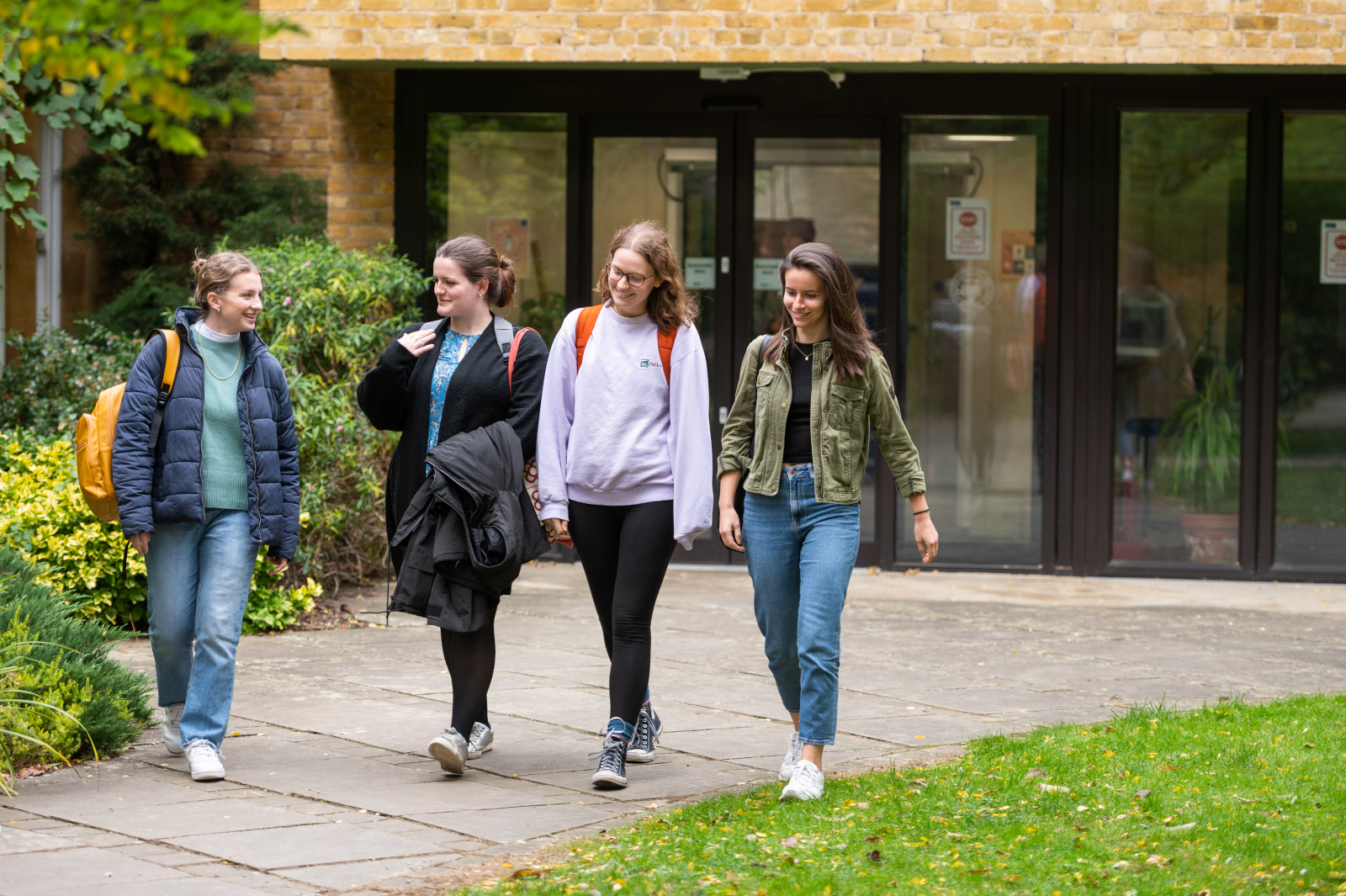Access can be affordable: Ensuring a sustainable tuition loans system in England
Export to calendarBio
It makes little sense to spend less on education during a time of crisis. There are strong arguments for spending more on higher education when the labour market is changing so fast, when the number of 18-year olds is growing and when the amount that institutions receive to educate each student has been eroded by inflation.
If, however, policymakers have higher education in their sights for the spending review, then some ways to save money will be more damaging than others. The main options are reducing student places, spending less on each student, or recouping more money from graduates by changing the terms of student loans. Cutting places at a time of rising demand is particularly unwise, as is giving institutions less for teaching when their finances are already so squeezed. Modelling by the Higher Education Policy Institute shows some of the changes to loans that might be made instead. For example, it is possible to reduce the write-off costs by reducing the repayment threshold or extending the repayment period. Such tweaks might not be popular but they could deliver savings if politicians are determined to find them. Reducing the student loan repayment threshold to under £20,000 would save £3.8 billion and lower student loan write-off costs in England from over one-half (54%) to one-third (33%). This could even enable new initiatives, such as the return of maintenance grants, as well as saving money.
Presenter: Nick Hillman
Respondent: Lorraine Dearden
This webinar is part of the free public seminar programme hosted by the Centre for Global Higher Education (CGHE). CGHE webinars are fully open to participants. They are interactive, enabling attendees to speak directly in the webinar, ask questions of speakers when called in by the chair and see all other participants. At any time you can communicate directly with others, either all together or on a one-to-one basis, through the webinar Chat.





